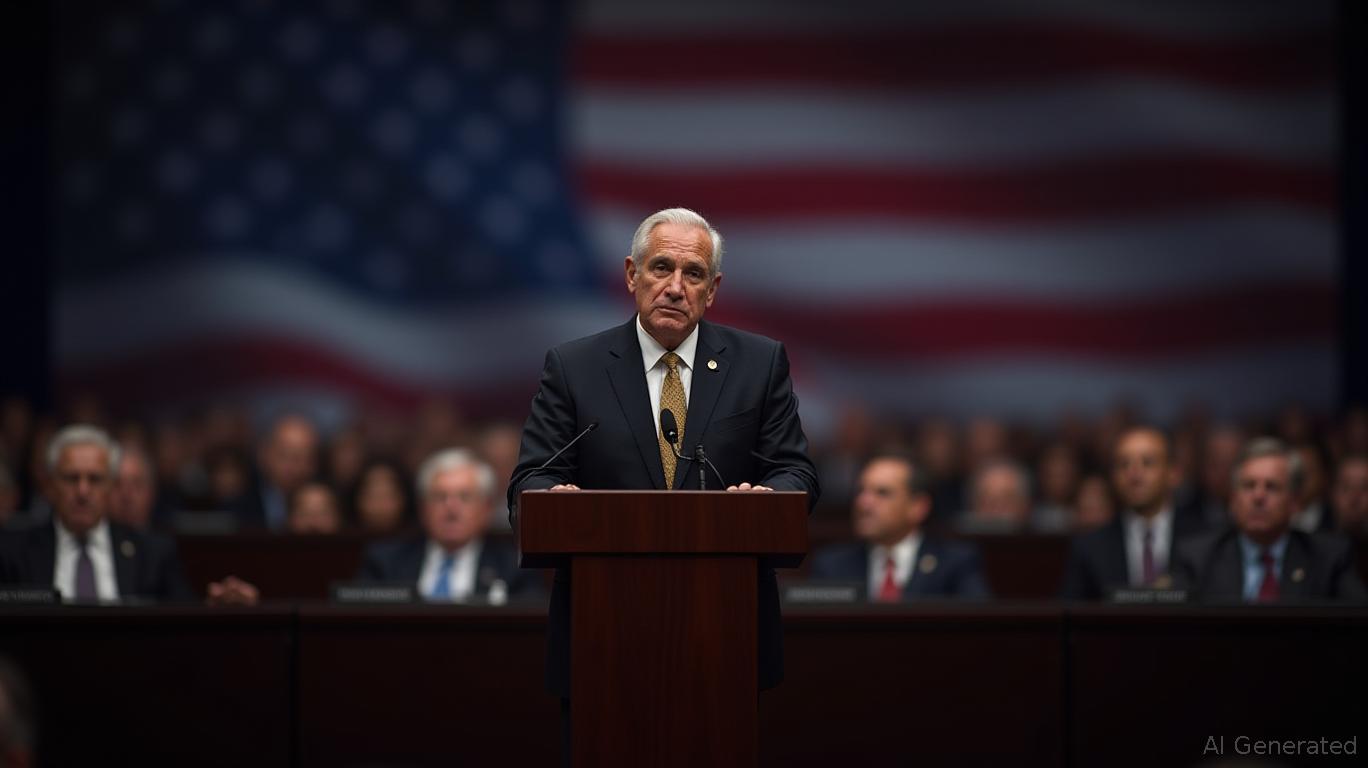AInvest Newsletter
Daily stocks & crypto headlines, free to your inbox
The Federal Reserve has adopted a cautious stance, choosing to wait and observe as it navigates the complexities of the current economic environment. The central bank's Chairman acknowledged the uncertainty surrounding future monetary policy decisions, stating that the Fed is in a wait-and-see mode as it gathers more data on employment and inflation. This approach comes amidst mixed signals from recent economic data, which has made it challenging for the Fed to determine its next course of action.
The Chairman emphasized that the Fed's decisions will be data-dependent, and that the central bank is prepared to adjust its policies as new information becomes available. This stance reflects the Fed's commitment to achieving its dual mandate of maximum employment and stable prices, while also acknowledging the inherent uncertainties in the economic outlook. The Chairman's remarks underscore the importance of patience and flexibility in monetary policy, as the Fed seeks to support the economy without overstimulating it.
The Fed's cautious approach is driven by the uncertainty surrounding the impact of recent tariff policies on the economy. The central bank is concerned about the potential for these policies to drive up inflation, while also keeping a close eye on the labor market for signs of weakness. The Chairman acknowledged that the Fed is still trying to understand how these policies will affect the economy, and that the central bank is prepared to adjust its policies as needed.
Despite the uncertainty, the Chairman did not provide any clear indications about the timing of a potential rate cut. Instead, he stated that the Fed will continue to monitor the data and make decisions based on the information available. This approach reflects the Fed's commitment to data-dependent policymaking, and its willingness to adjust its policies as needed to support the economy.
However, the Fed's cautious approach has not been without criticism. Some have argued that the central bank should be more proactive in its efforts to support the economy, while others have expressed concern about the potential for the Fed to overstimulate the economy and drive up inflation. The Chairman's remarks reflect the Fed's commitment to striking a balance between these competing priorities, and its willingness to adjust its policies as needed to support the economy.
Looking ahead, the Fed faces a number of potential challenges as it seeks to navigate the complexities of the current economic environment. These include the ongoing uncertainty surrounding the impact of tariff policies on the economy, as well as the potential for political pressure to influence the Fed's decision-making process. Despite these challenges, the Fed remains committed to its dual mandate of maximum employment and stable prices, and is prepared to adjust its policies as needed to support the economy.

Stay ahead with the latest US stock market happenings.

Oct.14 2025

Oct.13 2025

Oct.13 2025

Oct.11 2025

Oct.11 2025
Daily stocks & crypto headlines, free to your inbox
Comments
No comments yet